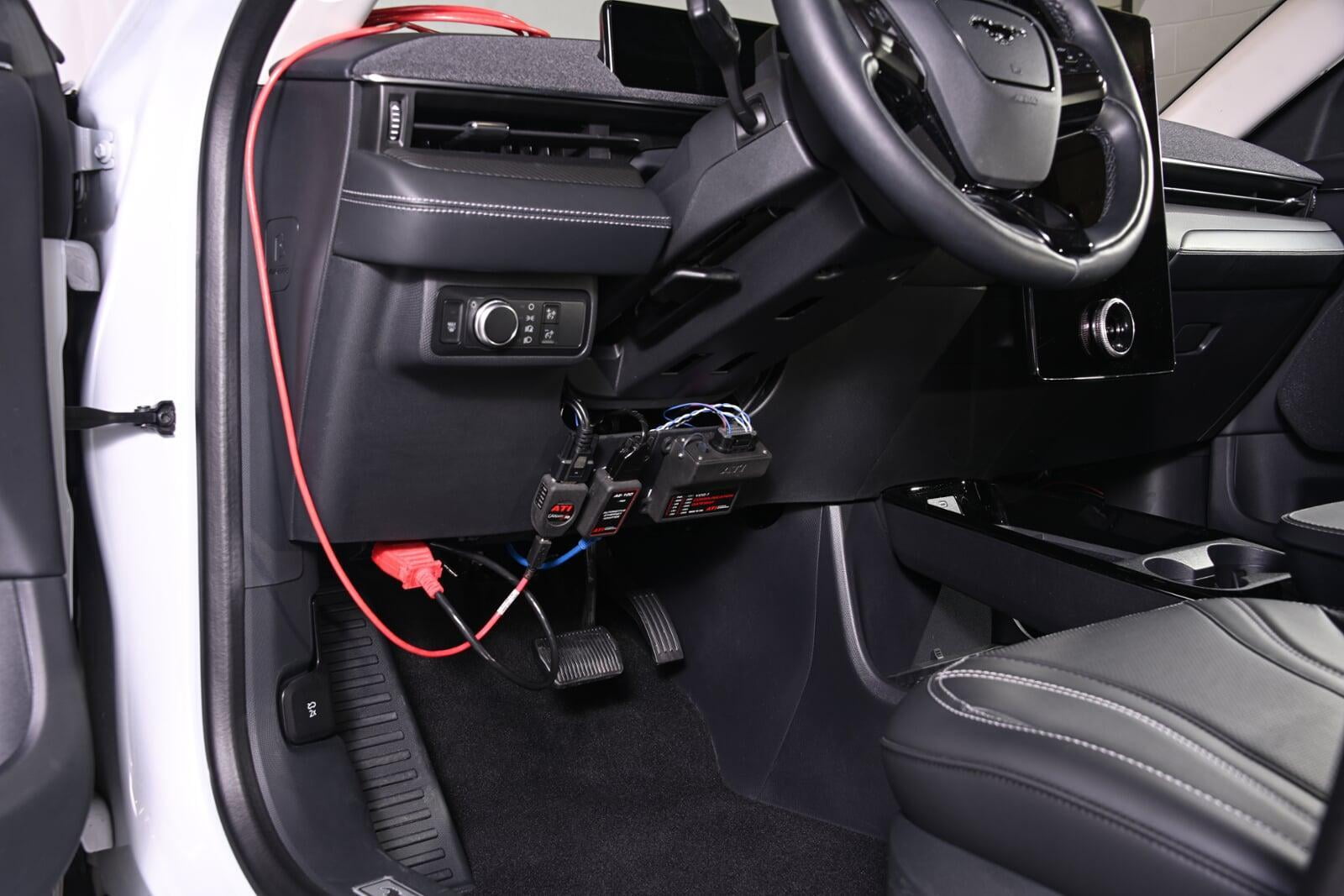ATI’s VCG-1 Gateway Solution
When designing modern automotive systems, the challenge of bridging multiple electronic control modules that operate over different communication buses is critical. These systems use a variety of communication protocols, such as CAN, CAN-FD, LIN, and Ethernet, each with its own physical layer, speed, and data-handling capabilities. In this context, Accurate Technologies Inc. (ATI) provides a technical solution with the VCG-1 Vehicle Communication Gateway, which acts as a powerful protocol bridge for synchronizing data traffic across these disparate networks.
Overview of the VCG-1 Gateway

Hardware and Protocol Bridging
Configuration and Flexibility
Integration into Broader ATI Ecosystem
ATI provides an ecosystem of tools to complement the VCG-1, such as CANLab, a software suite designed for network analysis of CAN and LIN systems. CANLab can decode messages, view bus traffic, log data, and perform post-analysis, ensuring that communication networks are functioning properly throughout the development and validation phases. Coupled with the CANary interfaces, which simplify CAN network interfacing, the VCG-1 integrates smoothly into this broader ecosystem, making it a versatile tool for engineers working on multi-protocol vehicle systems
Conclusion
ATI’s VCG-1 provides a versatile and robust solution for bridging multiple communication protocols in vehicles, ensuring data can flow seamlessly between different systems that use CAN, CAN-FD, LIN, or Ethernet. Its configurable, script-driven approach allows for precise message handling, and its rugged hardware ensures it can operate reliably in harsh automotive environments. This makes it a crucial tool in modern automotive development, where integrating and managing communication across diverse systems is essential.



